
PUMPA - SMART LEARNING
எங்கள் ஆசிரியர்களுடன் 1-ஆன்-1 ஆலோசனை நேரத்தைப் பெறுங்கள். டாப்பர் ஆவதற்கு நாங்கள் பயிற்சி அளிப்போம்
Book Free DemoJupiter | Saturn |
| Fifth planet from the Sun and the largest planet in the solar system | Sixth planet from the Sun and the second largest planet in the solar system |
| The third brightest object in the night sky | The specific gravity of Saturn is less than that of water. |
| It is called a gas giant planet. | Saturn has many rings around it and known as Ringed planet. |
| Fastest spinning planet in the solar system. | These rings are huge and are mostly made up of ice, rocks and dust particles. |
| Its atmosphere is made up of mostly Hydrogen and Helium like the Sun. | |
| Satellites: \(62\) (Titan – The largest moon and has a dense atmosphere made of nitrogen and methane) |
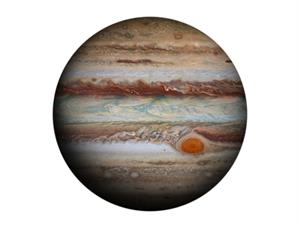 | 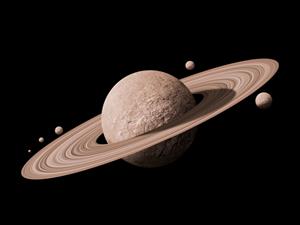 |
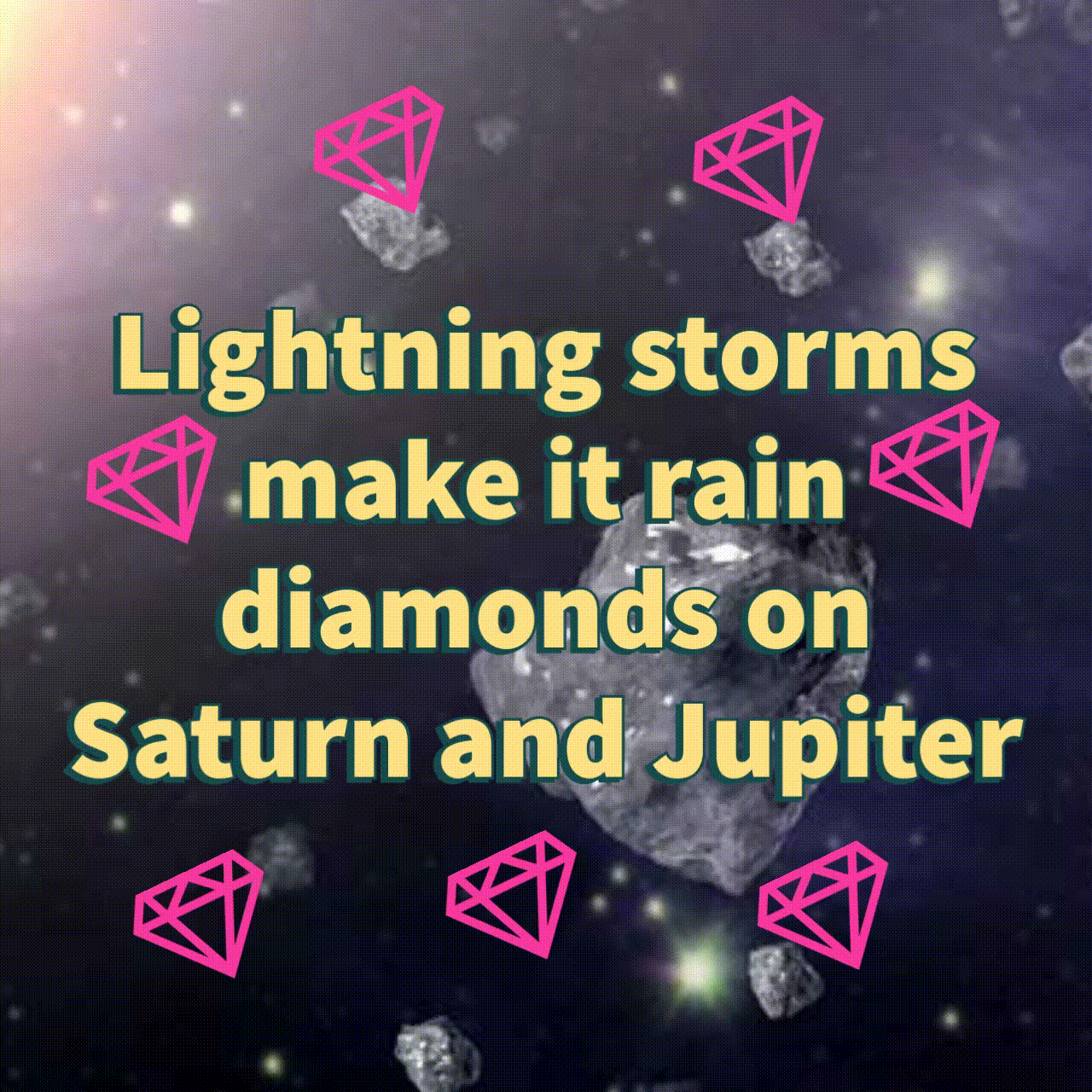
Uranus | Neptune |
| Seventh planet from the Sun | Eighth and the farthest planet from the Sun |
| Its axis is tilted so much that, it appears to orbit the Sun on its sides like a rolling ball. | Coldest planet in the solar system |
It is also called as The Somersaulting planet. | |
| It rotates on its axis from East to West like Venus. | The striking blue and white features of Neptune help to distinguish it from Uranus. |
| It appears green due to the presence of methane. | There are strong winds in this planet |
| Satellites: \(27\) (Titania is the largest one) | Satellites: \(14\) (The largest being Triton) |
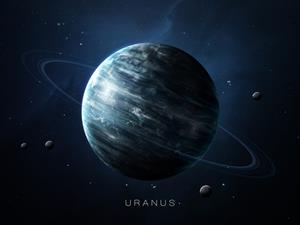 | 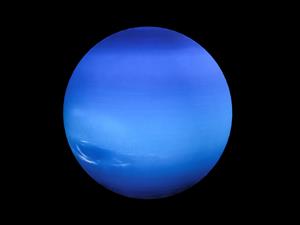 |